Teaching Quantum Computing to Public High Schoolers Across the Nation
Update: We are full and no longer taking applications for Spring of 2025. Check back in Spring 2026 for our next offerings!
How can the cat be dead and alive? No matter whether you’re in middle school or a PhD in mathematics, quantum mechanics is unintuitive. The behavior of quantum objects goes against everything that we experience in our lives. It can be both a scary and exciting word, and pairing it with computing makes it all the more terrifying. But that couldn’t be further from the truth, understanding quantum computing (QC) is all about developing an intuition, and there is no better time to learn than when you are in high school!
The SQCA partners with quantum computing (QC) startup qBraid to teach an introductory, free, and high school course on QC. qBraid shares our mission to improve quantum computing visibility and literacy. So, they developed a introductory QC curriculum called Qubes. Their course materials are uniquely interactive and easy to use. And the best part - all you need is high school algebra!
By taking our course, you’ll gain the ability to understand how quantum computers work, write your own quantum programs, and learn about real world applications. We’ll even hear from researchers here at Stanford to learn about quantum computing research!
9 Classes | April 3 - May 29 2025 Thursdays 5-6pm PT, Virtual
Class is Full - Please Check Back in 2026
Eligibility Requirements
At least 14 years old.
Attending high school.
More Information
The syllabus focuses on giving students the initial tools to understand quantum computing, such as linear algebra, basic quantum mechanics and then teaches the basics of qubits and quantum gates. At the end of the course we go learn some Qiskit and to start being able to write their own quantum programs as well as some real world applications such as the BB84 protocol. Following the success of their first course, they extended their program and partnered with the SQCA to teach the course to public high school students across the bay area. Every week, students meet with instructors for an hour and a half for a classroom session over zoom. Students are then given optional homework and can attend office hours to tackle these together as well as pursue extracurricular topics. In addition, the class culminates in an optional project in which students can apply what they’ve learned to real life situations / problems with the mentorship of their instructors. Most importantly we want students to be able to gain as much as possible from the class.
In the spring of 2021, we had three instructors teaching 3 groups of around 25 students.
We’ve been covered in the Stanford Daily, feel free to read the article for an account of the experience: stanforddaily.com/2021/03/02/stanford-students-work-to-demystify-quantum-computing-for-high-schoolers/



